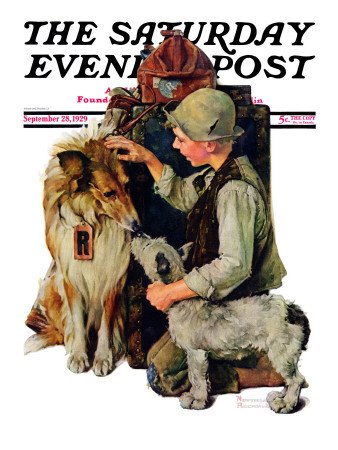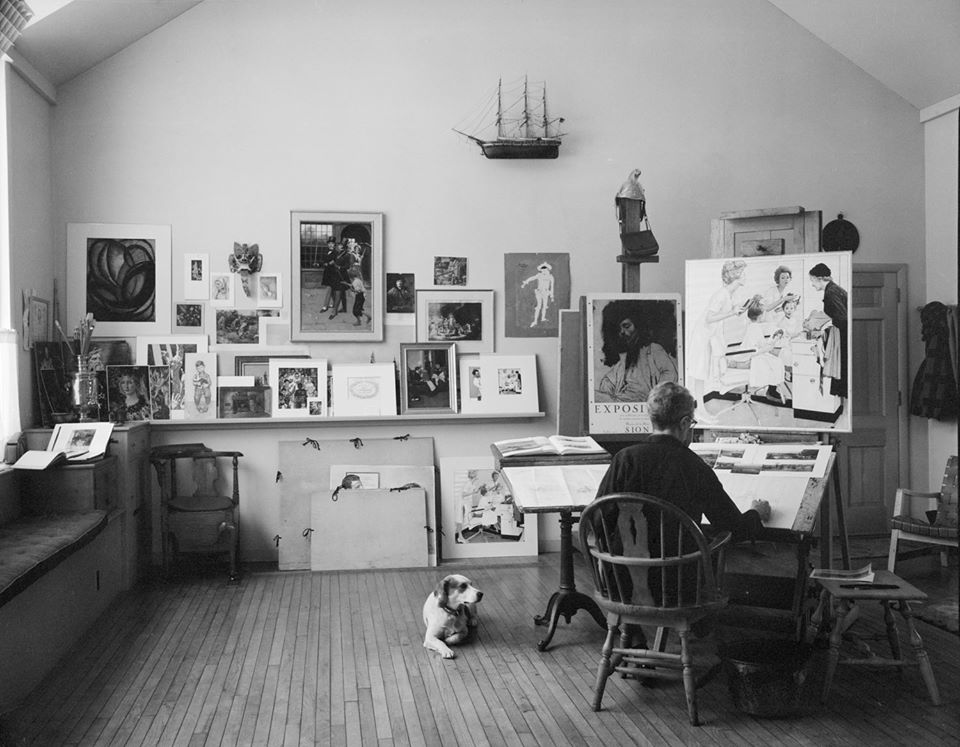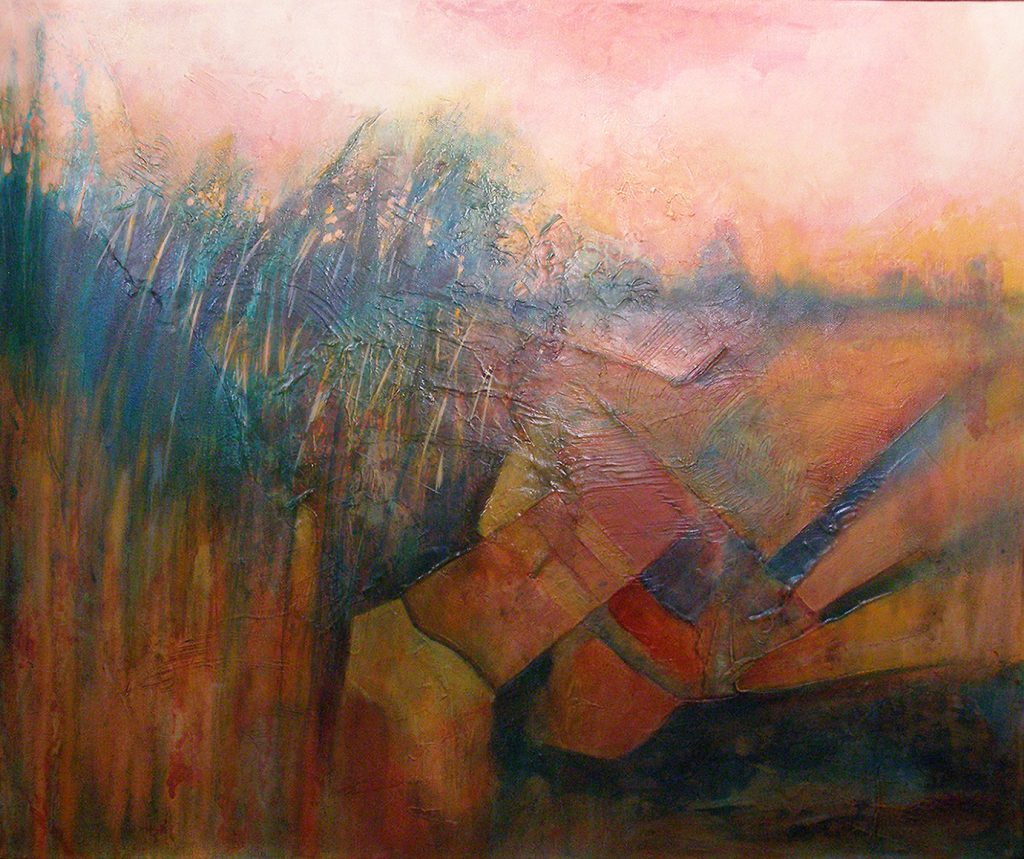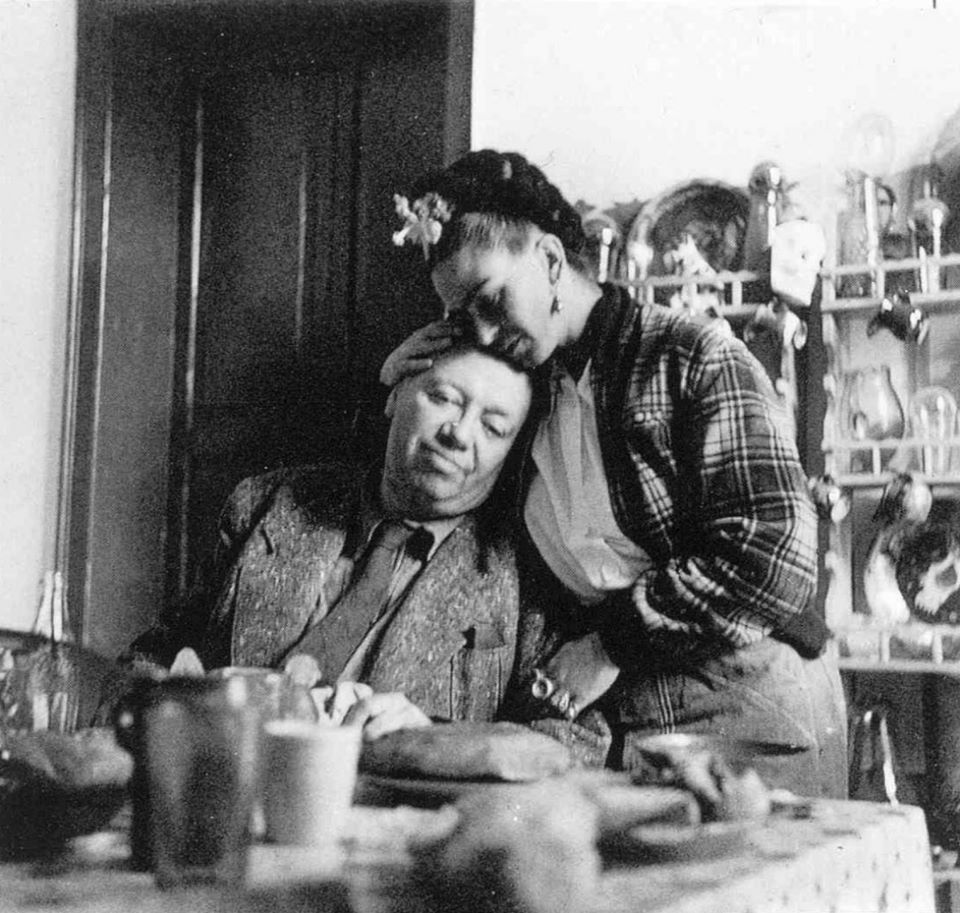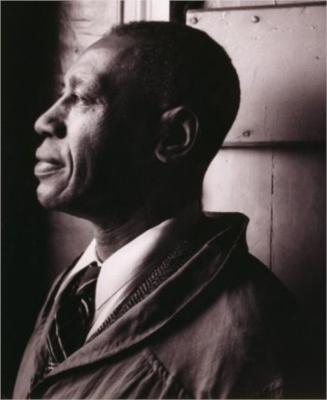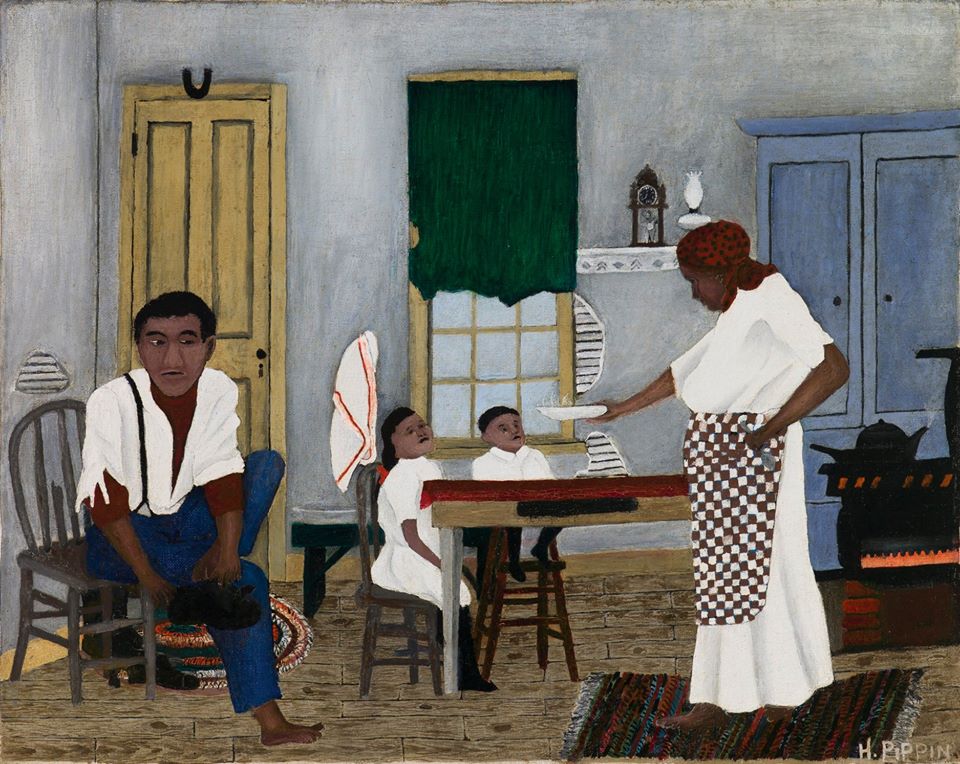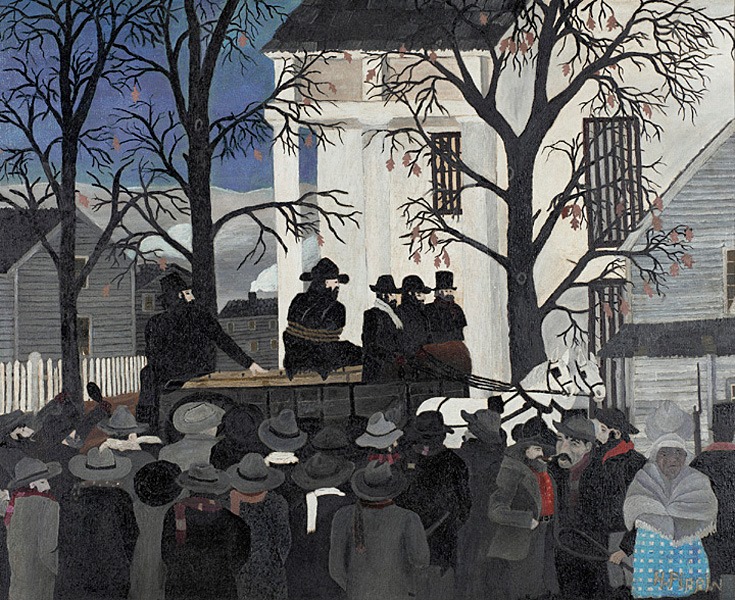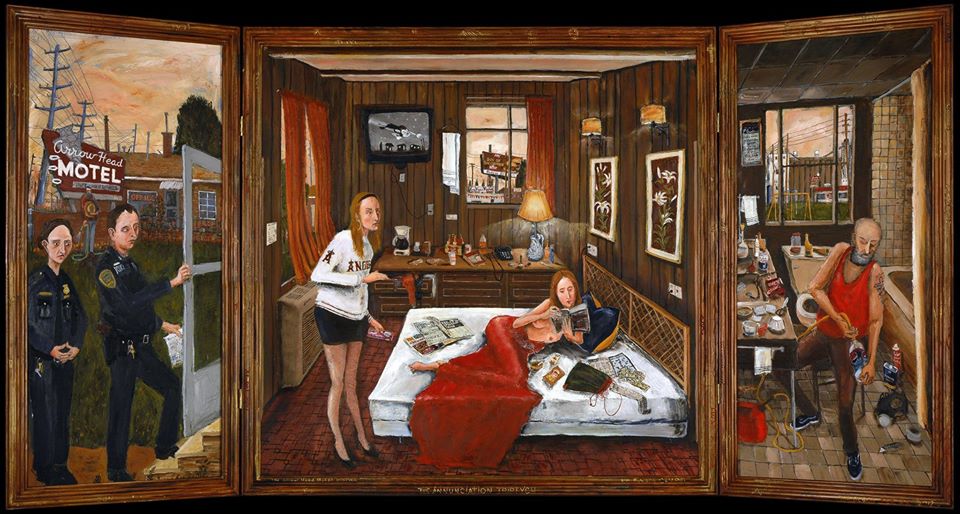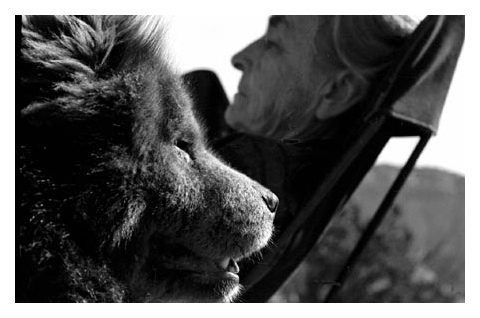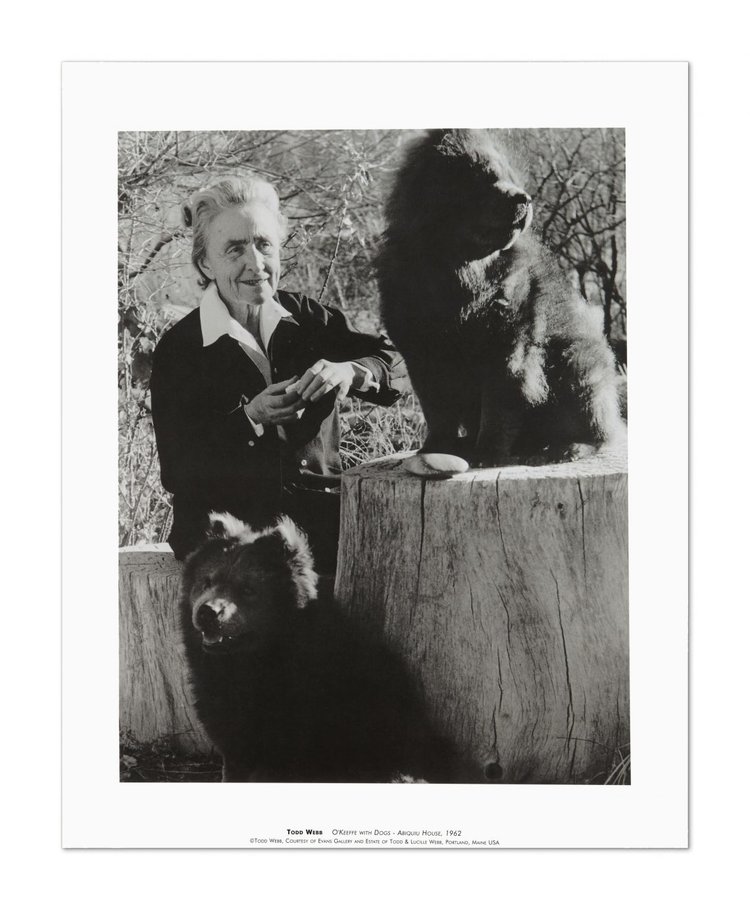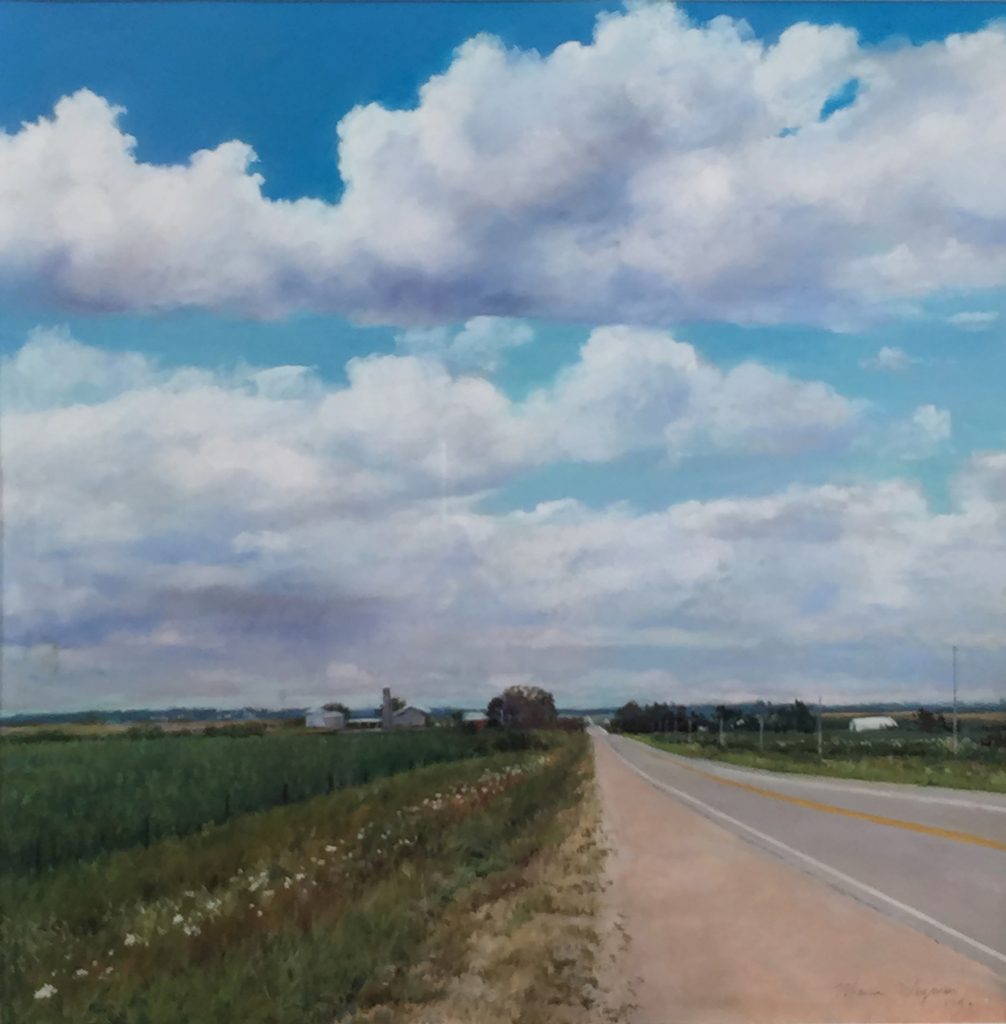American painter and illustrator Norman Rockwell’s works idealized American culture. He is best known for his covers for “The Saturday Evening Post”. Rockwell’s subjects, taken from small-town life, were treated with gentle, insightful humor. As Rockwell remarked, “I was showing the America I knew and observed to others who might not have noticed.”
Rockwell was an avid dog lover, preferring the humble mutt over purebreds. One of his favorites, a mongrel named Pitter, accompanied him to the studio, napping on the floor while he painted.
Rockwell kept extensive reference files consisting of hundreds of photographs and magazine clippings of dogs for use in his art. He also enlisted family pets and his neighbors dogs to serve as live models.
In addition to dogs, Rockwell also worked with horses, cows, deer and even a bear. In How I Make a Picture (1949), he cautioned other artists to depict four-legged creatures in a manner “just as carefully and understandingly as you paint the people.”
